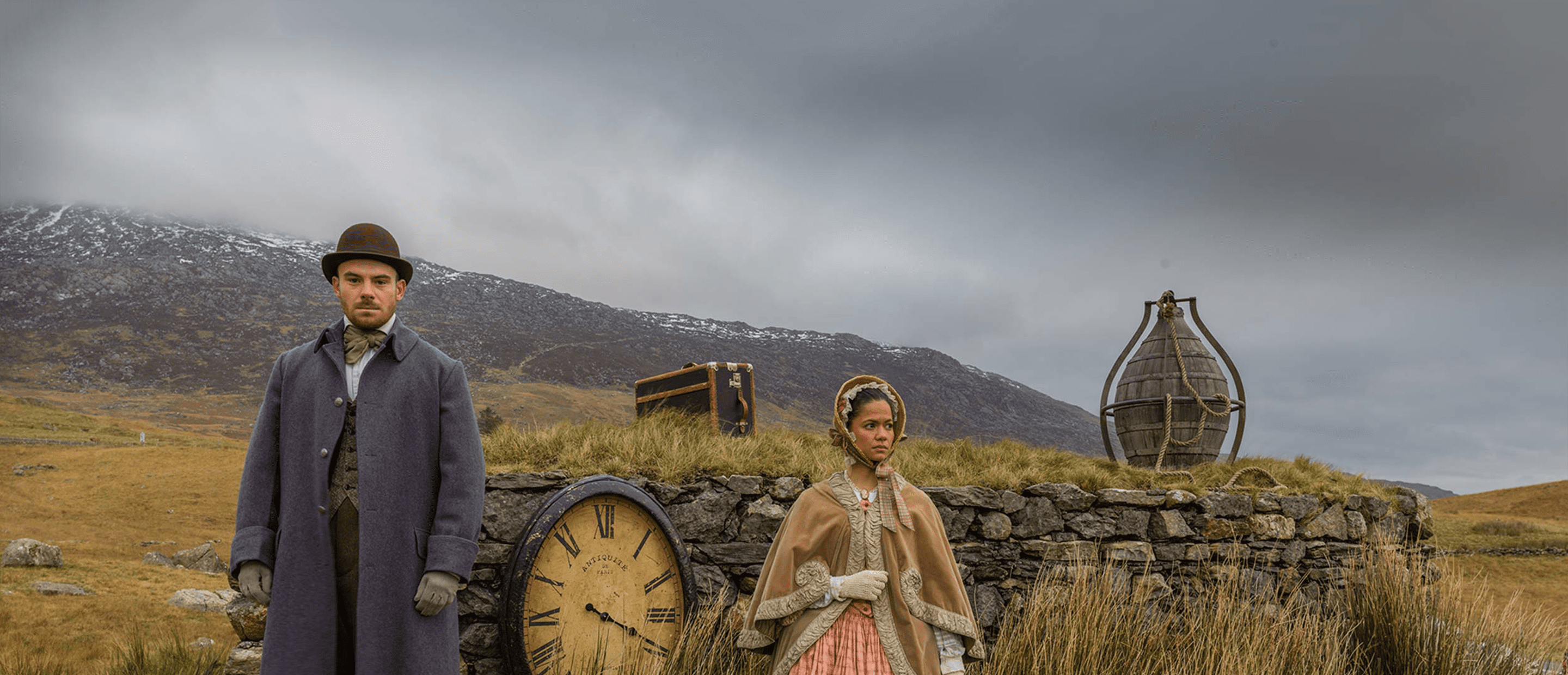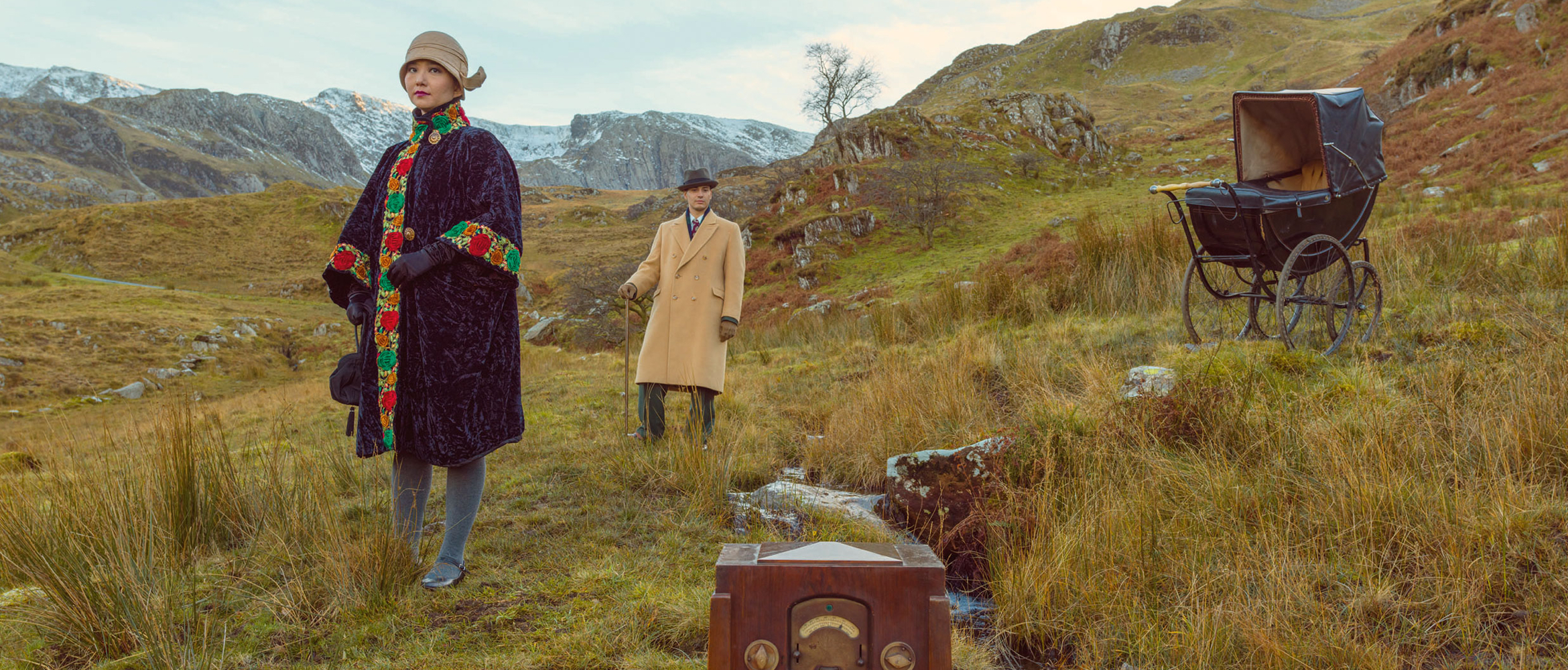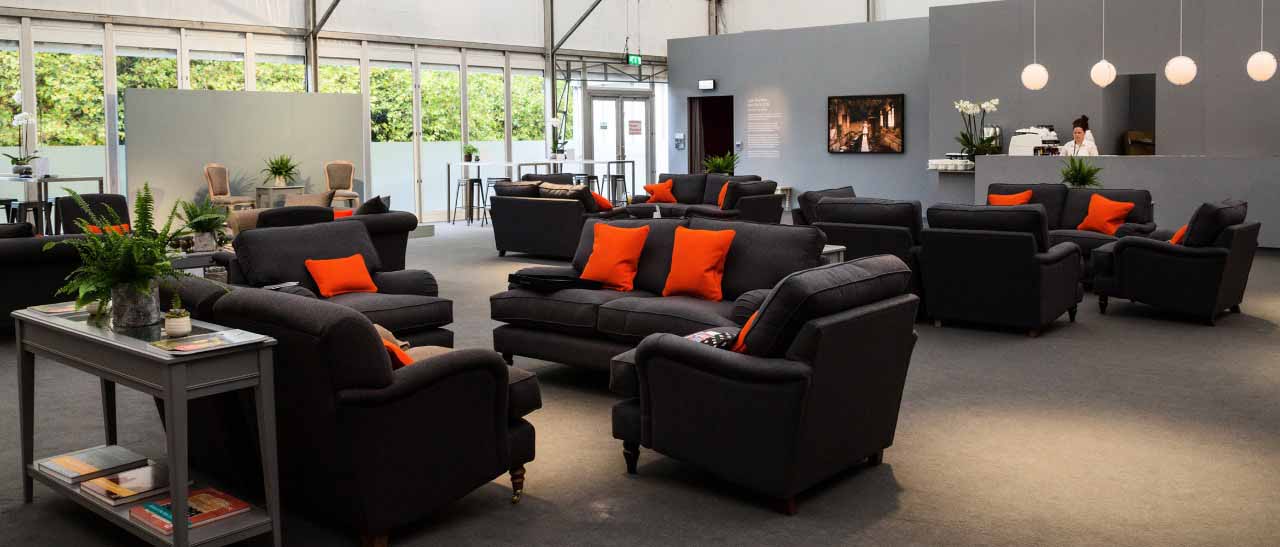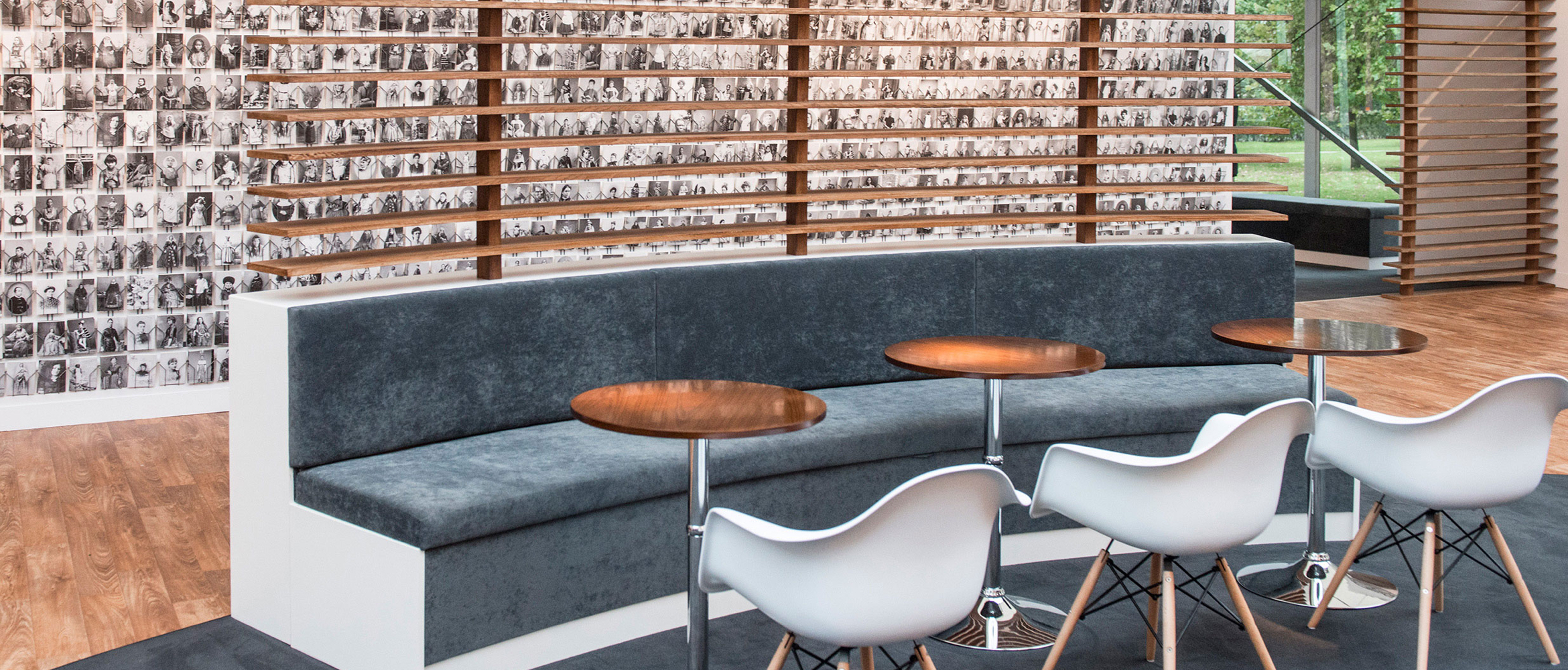The Frieze London art fair, which takes place in Regent’s Park every October, is a unique event that combines the commercial and non-commercial, the academic and the experimental. Katrina Kufer reflects on its importance to the art world and the role of its inner sanctum: the Deutsche Bank Wealth Management VIP Lounge.
In 2003, Matthew Slotover and Amanda Sharp, art journalists and publishers of the highbrow Frieze contemporary art magazine, launched their art fair of the same name in London. Frieze rapidly became one of the pre-eminent fairs on the burgeoning international art scene – to the eyes of many in the art world, it is the fair to be at, blending the best of the major commercial gallery scene with a first-class curatorial insight into emerging artists, movements and academia. Frieze New York was launched in 2012, and, after a slow start, has become a key part of the art scene in the US; in the same year, Frieze Masters launched in London, coinciding with the main contemporary Frieze London fair and showcasing art “from ancient to modern”.
Frieze may be a 21st-century phenomenon but its roots are firmly in the last decades of the previous century. It was catalyzed by the internationalization of the art market in the 1980s, the rise of the Young British Artists (such as Tracey Emin and Damien Hirst) in the 1990s, and the global hunger for contemporary art that followed the opening of institutions such as Tate Modern in London in 2000. Dealers and auction houses will all testify that Frieze has played a fundamental part in establishing London as a contemporary art hub.
Today, art events and transactions happen at an ever larger scale and faster rate. This is true also of contemporary art fairs such as Frieze, which has attained enough size and influence to attract numerous satellite art fairs and events into its vicinity. The ‘Frieze Week phenomenon’ now sees museums and galleries present key shows within a few frenetic days in October, while the auction houses Sotheby’s, Christie’s and Phillips coordinate their mid-season contemporary art sales.
Frieze hasn’t released sales figures since 2006, but it has been estimated by the TEFAF Art Market Report that fairs account for about 40 per cent of sales in the art world, and Frieze events are undoubtedly among the leaders. Frieze London alone now brings together over 160 of the world’s best galleries, making it a unique, one-stop shop for serious collectors.
Where art lovers and artworks connect
Yet Frieze isn’t all about business. Its critically acclaimed Projects and Talks program (which this year welcomed new curator Ralph Rugoff for the latter) has, over the years, sought to expand the fair’s reach, turning it into a place of cultural entertainment, an opportunity to advance professional prestige, and a networking destination that fosters existing and new relationships.
Life-long relationships have been born there.
Anders Mattsson
Managing Director, Head of Nordic Desk, Deutsche Bank
All these things are in evidence at the Deutsche Bank Wealth Management VIP Lounge, a secluded and luxurious place where clients and guests of the bank can relax and recharge, away from the clamor of the fair itself. It’s also an exhibition space in its own right, which this year displayed some of the latest work by acclaimed British artist John Akomfrah. “I’ve seen many meetings between collectors and investors taking place in the DB Lounge,” says Anders Mattsson, Managing Director, Head of Nordic Desk, Deutsche Bank. “Life-long relationships have been born there.”
Deutsche Bank has sponsored the fair since its second year in 2004, and views the partnership a key part of its efforts to make a positive impact on the communities in which it operates. “It is an integral part of the bank’s commitment to art, culture and sports,” says Thorsten Strauß, Global Head of Art, Culture & Sports at Deutsche Bank. It is also a prime example of an external entity that has benefited from Frieze’s outlining of art market projections. “This makes the Deutsche Bank Lounges far more than beautiful hospitality spaces – they are places to discover artists and they also have a strong connection to the fairs themselves,” explains Frieze director Victoria Siddall.
This year’s Lounge exhibition by John Akomfrah included new photography and the film "Auto Da Fé", which won the Artes Mundi Prize for 2016. Entitled Thresholds To Another Time, it examined memory and post-colonialism in relation to global diasporas. “We bought works for the Deutsche Bank collection by Akomfrah last year and were delighted to develop this relationship further by devoting a solo show at the fair to him,” says Deutsche Bank curator Mary Findlay.
An art fair that has changed with the times
The artists on show, whether in the gallery booths or the Deutsche Bank Lounge, benefit from the recent curatorial shift to solo artist presentations, which help to develop a stronger, globally pertinent discourse.
Frieze art fair’s niche is its focus on contemporary art and living artists, and it has played a crucial role in promoting careers throughout its 15 years, including catapulting Rachel Rose into the limelight as part of Frieze Projects at Frieze London 2015, two years before her participation in the 57th Venice Biennale (2017). Frieze may have outgrown its initial youthful buzz, but it has matured into a fair that still takes curatorial risks while catering to collectors and institutions looking for exciting, established works - and to a public ready for weightier offerings.
This evolution into a mature art fair open to all levels of engagement eventually led to the launch of Frieze New York, as well as the introduction of Frieze Masters (focusing on pre-2000 art) in October 2012, and to Frieze’s most recent initiative, Frieze Academy, in 2016, taking art beyond commercial interests with a year-round program of talks and courses on all aspects of the art world, from collecting to curating.
Supporting artists and shaping careers
As much as the bank benefits from the fair as a platform on which to display selections of its collection of around 55,000 works, it also provides fair-goers with insights into what becomes of artworks after acquisition, and the how and why of Deutsche Bank’s collector-based cultural and asset support. “The collection is part of a web of activities that promote artists,” says Siddall. “For example, the Deutsche Bank Artist of the Year program, or the bank’s work on behalf of exhibitions at major museums such as Tate Modern, as well as initiatives for young people including Frieze Education. Deutsche Bank is focusing on the long game by supporting artists at various stages of their careers and in different contexts. This is incredibly important and ensures that young people aspire to be artists and that it is possible for them to pursue this at every level.”
The relationship is two-fold, for Deutsche Bank also acquires works yearly from Frieze for its collection: in 2016, for example, it bought two pieces by Lubaina Himid, who was nominated for this year’s Turner Prize. Previously, artists such as Sarnath Banerjee, Gabriel Orozco and Imran Qureshi have also had works enter the bank’s collection and then go on display in its exhibitions, indicating that the bank’s grasp of art evolution and market value is evolving in tandem.
“I have always admired Deutsche Bank’s approach to collecting,” remarks Siddall. “Firstly, as selling is not a priority, they can buy the artists they believe are the most interesting rather than having to consider them as an investment. Secondly, they often buy emerging contemporary artists so they are supporting them at a crucial stage in their career. Finally, the decision to buy work by local artists for each of Deutsche Bank’s international offices means that the collection has strong roots in each region. Theirs is a model of the kind of engagement with art that we want to promote across the fairs.”
Banerjee, who exhibited in the Deutsche Bank Lounge in 2016, elaborates on the benefits of engaging with non-arts professionals at an art fair. “Hanging out with art professionals can sometimes become sterile, but when you meet traders or talk to the heads of different industries, they each have very different private passions,” he says. “To work with these people, who are all very intelligent, becomes incredibly interesting. Their art department uses the work to great dramatic effect at Frieze.”




